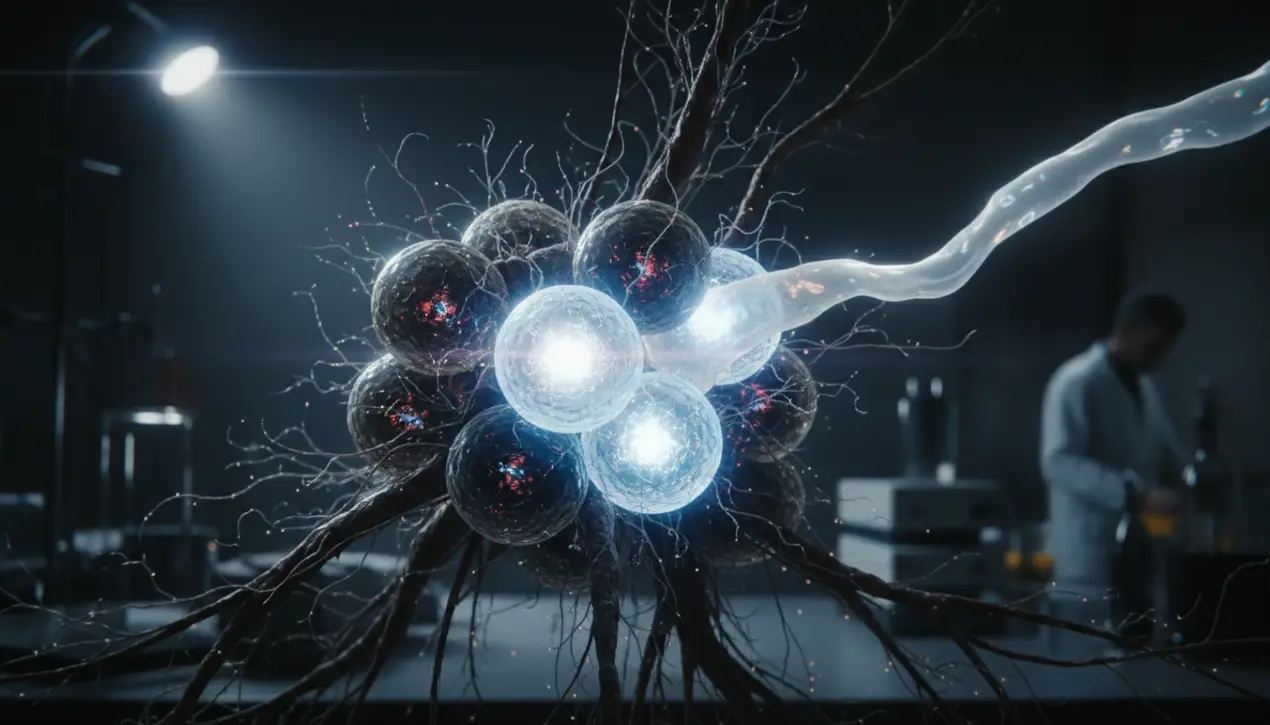
SciencemedicineRegenerative Medicine
Scientists reverse kidney damage in mice, hope for humans next
KE
Kevin White
5 hours ago7 min read1 comments
In a stunning development that reads like a page from a near-future medical thriller, a team of pioneering researchers has successfully reversed kidney damage in mice, a breakthrough that could fundamentally rewrite the treatment protocols for one of medicine's most persistent challenges. The science hinges on a previously overlooked culprit: fatty molecules known as ceramides.These aren't just benign cellular components; the researchers uncovered their role as molecular saboteurs that specifically target and damage the mitochondria, the microscopic power plants that energize our kidney cells. This mitochondrial assault triggers a catastrophic energy failure, leading directly to acute kidney injury (AKI), a condition that currently has few effective treatments and affects millions globally, often as a devastating complication of sepsis, major surgery, or certain chemotherapies.Think of it as a targeted cyber-attack on a city's power grid, where the ceramides are the hackers and the mitochondria are the overwhelmed control centers. But this isn't just a story of biological espionage; it's a tale of a brilliant counter-strategy.The research team, operating at the bleeding edge of molecular biology, devised a two-pronged defense. First, by genetically altering the mice's own ceramide metabolism, they essentially installed a biological firewall, preventing the damaging lipids from accumulating.Second, and more thrilling for its immediate clinical potential, they deployed a novel drug candidate designed to achieve the same protective effect pharmacologically. The results were unequivocal: by shielding the mitochondrial function, they didn't just mitigate the damage—they completely prevented kidney injury from occurring in the first place.This moves us beyond the paradigm of managing symptoms and into the realm of pre-emptive cellular protection. For the field of nephrology, this is a seismic shift.Current treatments for AKI are largely supportive—dialysis to filter the blood while hoping the kidneys heal themselves—a process that is often incomplete and leads to chronic kidney disease. The ceramide-focused approach offers a proactive, mechanistic solution.It’s the difference between constantly bailing water out of a sinking ship and actually patching the hole. The implications cascade far beyond the kidneys themselves.Mitochondrial dysfunction is a hallmark of aging and numerous other degenerative diseases, from heart failure to neurodegenerative disorders. If a drug can be developed to safely modulate ceramide pathways in humans, we could be looking at a foundational platform technology for a new class of therapeutics aimed at preserving cellular vitality.The next step, of course, is the formidable leap from murine models to human trials, a path fraught with challenges in dosing, delivery, and long-term safety. Yet, the sheer elegance of targeting a specific lipid to preserve a universal cellular engine provides a compelling and optimistic roadmap. We are witnessing the dawn of a new era in biotech, where we don't just treat disease; we fortify the very machinery of life against it.
#lead focus news
#kidney disease
#mitochondria
#ceramides
#acute kidney injury
#medical breakthrough
#mouse study
#drug candidate
Stay Informed. Act Smarter.
Get weekly highlights, major headlines, and expert insights — then put your knowledge to work in our live prediction markets.
Related News
Comments
Loading comments...
© 2025 Outpoll Service LTD. All rights reserved.